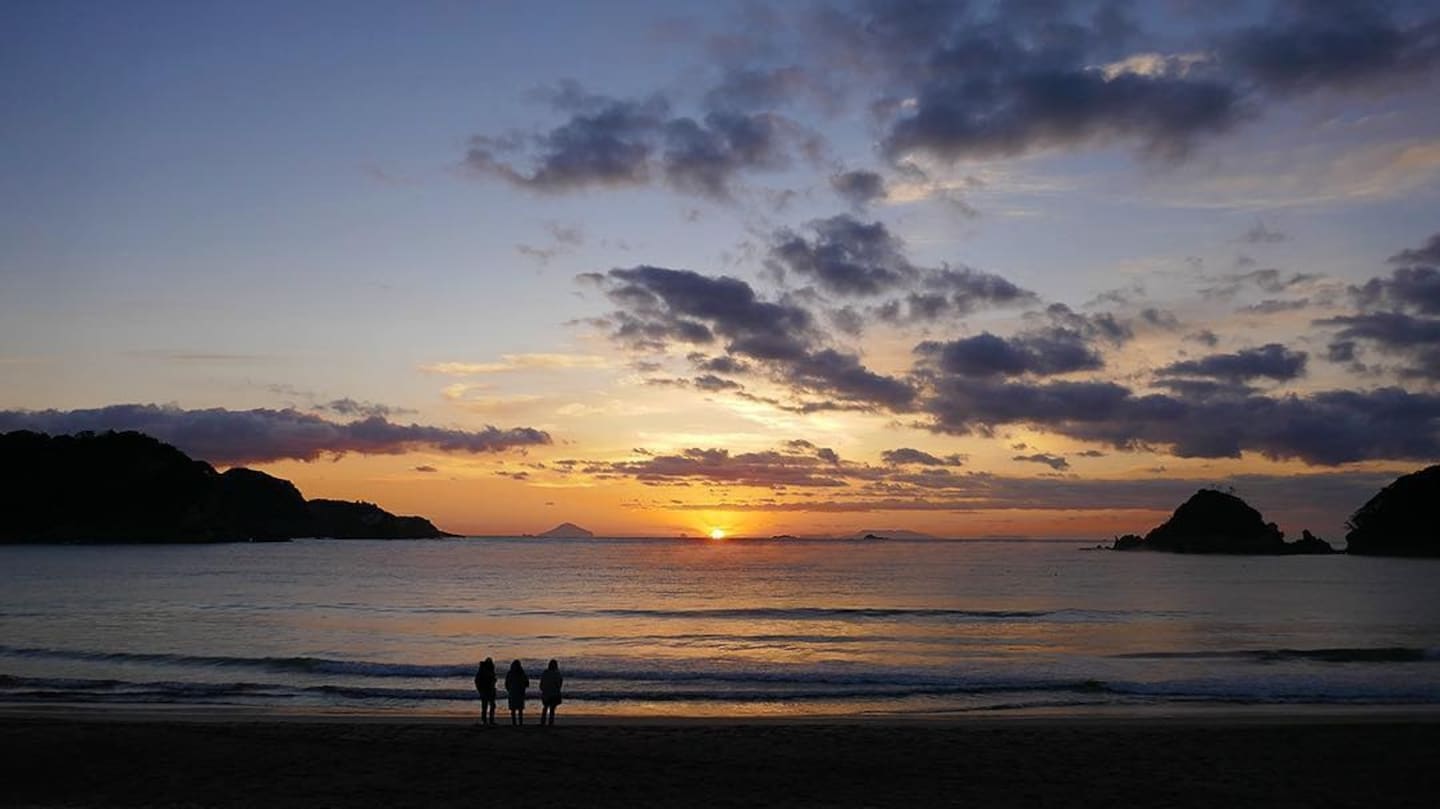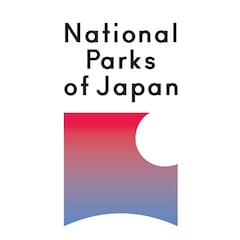15 Beautiful Beaches in Japan's National Parks
Japan offers countless stunning beaches along its nearly 30,000 kilometers (over 18,000 mi) of coastline. Some are directly accessible by train from Tokyo, while others are surrounded by 1,000 kilometers (621 mi) of open sea!
By National Parks of JapanLake Shikotsu (Hokkaido)
Japan's northernmost prefecture may not be the spot you'd imagine for beach life, but there are certainly beachside activities to be found at Lake Shikotsu (支笏湖・Shikotsu-ko)!
Aragami Beach (Iwate)
There are also pleasant seaside beaches to be found in northern Japan, such as Aragami Beach (荒神浜・Aragami Hama) in Iwate, part of Sanriku Reconstruction National Park.
Jodogahama Beach (Iwate)
Jodogahama Beach (浄土ヶ浜・Jodogahama) is populated more with round stones than sand, but it's a lovely view at any time of day.
Shirahama Ohama Beach (Shizuoka)
Shirahama Ohama Beach (白浜大浜海水浴場・Shirahama Ohama Kaisui Yokujo) is the most popular beach on the Izu Peninsula, attracting some 400,000 sea bathers every year with clear water and white sand.
Sotoura Beach (Shizuoka)
Situated in a natural bay, the calm waters at Sotoura Beach (外浦海水浴場・Sotoura Kaisui Yokujo) make it ideal for swimming. With water so clear you can see the bottom even from afar, Sotoura has been selected as one of the nation’s top 100 beaches by the Japanese Ministry of the Environment.
Yumigahama Beach (Shizuoka)
Yumigahama Beach (弓ヶ浜) is located at the south end of the Izu Peninsula, a popular seaside holiday spot directly connected to Tokyo and Yokohama by train.
Koshirahama (Mie)
The white sand and gentle waves at Koshirahama (国府白浜) make it a great spot for novice surfers to learn the ropes.
Hiro no Hama (Mie)
Even if you're not out for a swim, Hiro no Hama (広の浜) offers something to look at day or night!
Senrinohama Beach (Wakayama)
Senrinohama Beach (千里浜・Senrinohama) is the largest egg-laying site for loggerhead turtles (ウミガメ・umigame) on Japan's main island. Just be aware that town permission is required to view the turtles!
Shionohama Beach (Shimane)
There’s plenty of seaweed in the water at Shionohama Beach (塩の浜海岸・Shionohama Kaigan), offering a very different sensation if you head out for a swim! Fortunately, you can also rent a kayak or stand-up paddleboard if you don't want that slimy sensation on your legs.
Kyukamura Setouchi-Toyo Swimming Area (Ehime)
Many of Japan's beaches are opened with Shinto ceremony every year. Here we see one performed at Kyukamura Seouchi-Toyo swimming area (休暇村瀬戸内東予海水浴場・Kyukamura Setouchi-Toyo Kaisui Yoku-jo) on the Seto Inland Sea.
Tatsukushi Coast (Kochi)
The Tatsukushi (竜串) coast is known for its unique rock formations. While you won't find soft sand here, the water is spectacular!
Aze Coast (Kagoshima)
Beautiful coral reefs can be seen right through the clear waters at Aze Coast (畦海岸・Aze Kaigan). When he was crown prince, Emperor Akihito walked along the beach here with then-crown princess Michiko. Since that time, it has also been known as Prince Beach.
Kominato Beach (Ogasawara Islands)
Kominato Beach (小港海岸・Kominato Kaigan) can be found on the southwest side of Chichijima Island, some 1,000 kilometers (621 mi) south of the Japanese archipelago!
Kabira Bay (Okinawa)
Kabira Bay (川平湾・Kabira-wan) is a jewel among Okinawa's countless beaches. Beautiful as it is, however, it must be enjoyed from the shore or by boat, as strong currents make swimming prohibited.
Ready to kick off your shoes and hit the beach? Check out more from Japan's national parks on Facebook and Instagram!




